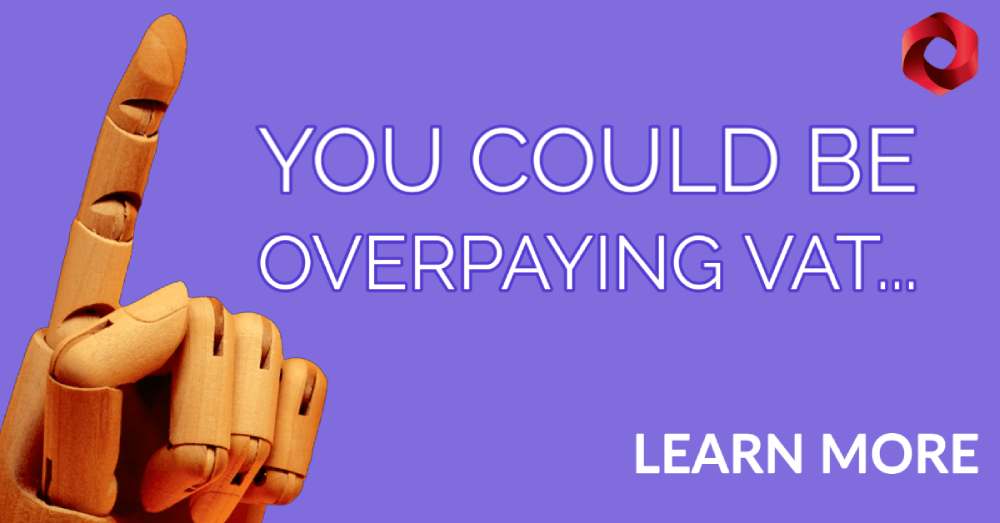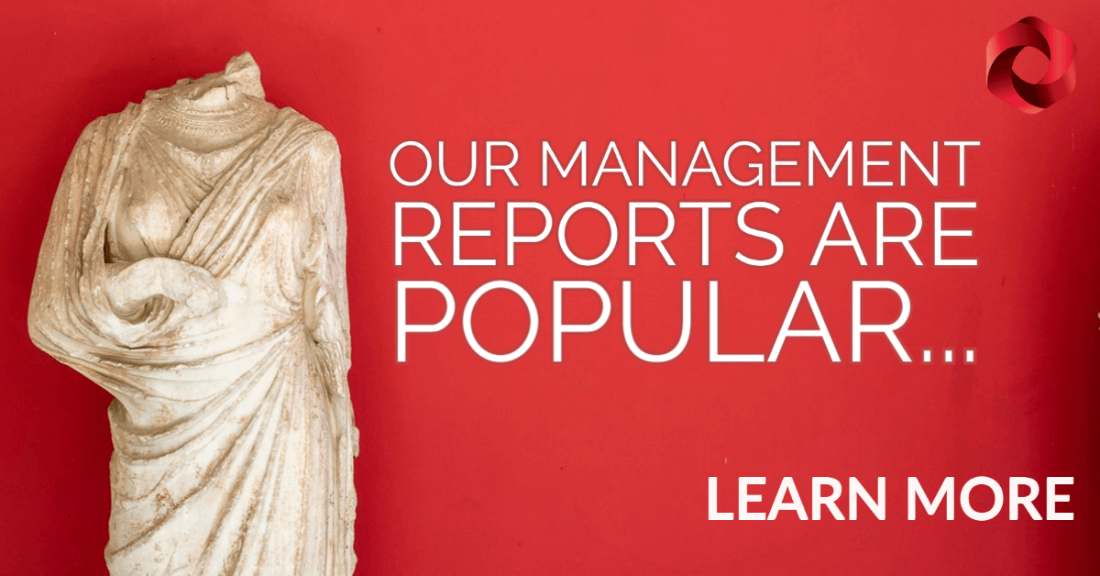Cap on Payable R&D Tax Credits – Changes to the R&D tax legislation
- February 2021
- 5 minutes
- Economic Recovery
- grant funding
- HMRC investigation
- Outsourcing
- R&D Tax Credits
- Subcontractors
A new PAYE cap will be introduced in 2021 to limit payable R&D tax credits to £20,000 plus 300% of the company’s total PAYE &NIC liability for the period.
New Legislation governing R&D tax relief for SMEs is fast approaching- and it could potentially affect the amount of relief claimable for thousands of companies.
New rules were introduced by HMRC on 12 November 2020 regarding a new cap on payable R&D tax credits. Such changes were first proposed in the 2018 Budget and there have been two formal consultations since to help iron out the finer details to prevent abuse without prejudicing companies with genuine claims.
 Current Rules:
Current Rules:
If a company incurs a loss for tax purposes in an accounting period, and that loss is attributable to enhanced research and development tax relief, then it can elect to surrender the loss for a tax credit payment from HMRC. This is an important source of funding for many UK small or medium-sized enterprises (SMEs). There is currently no cap or limit on the amount of R&D tax credit payable to a claimant company in an accounting period.
 What does the £20,000 PAYE cap exemption mean?
What does the £20,000 PAYE cap exemption mean?
For payable claims of less than £20,000, these new restrictions are not invoked-so there is no need to calculate the 3x total PAYE and NIC for the company or consider further exemption. Given that the average claims are in excess of £50,000, then this automatic exemption may not benefit more established companies, but it should at least help some smaller companies and early stage start-ups.
 How does the 300% of PAYE and NIC liabilities cap work?
How does the 300% of PAYE and NIC liabilities cap work?
For those companies that are claiming payable amounts in excess of £20,000, they will have to compare their total PAYE and NIC liabilities (plus £20,000) with the amount of the R&D payable amount that they are claiming-they can claim the lower of these two amounts.
When calculating the PAYE and NIC, it is not limited to PAYE and Class 1 NIC associated with the qualifying R&D staff-it should include all staff. Businesses can also include some PAYE and NIC liabilities of any connected person during subcontracted R&D for, or providing workers to, the company-this is helpful for group structures where certain companies may perform R&D activities on behalf of other companies in the group. PAYE and NIC liabilities for a period these purposes are defined as amounts which the company is required to pay to HMRC in the period.
 How much qualifying expenditure can be incurred before the £20,000 PAYE cap is exceeded?
How much qualifying expenditure can be incurred before the £20,000 PAYE cap is exceeded?
A £20,000 payable tax credit equates to qualifying expenditure of approximately £60,000 for a loss-making company claiming a tax credit.
 What if my company exceeds the £20,000 automatic exemption and falls short of the 300% of total PAYE and NIC test?
What if my company exceeds the £20,000 automatic exemption and falls short of the 300% of total PAYE and NIC test?
If your claim approaches the £ 20,000 default exemption, there is one other exemption that may come to the rescue, but the gross PAYE & NIC obligation compounded by three (300 percent) + £ 20,000 is not adequate to compensate the claim number…
A company is exempt from the cap if:
- Its employees are creating, preparing to create or managing Intellectual Property(IP)
- It does not spend more than 15% of its qualifying R&D expenditure on subcontracting R&D to, or the provision of externally provided workers by connected persons.
This means that if genuine third parties are undertaking the majority of R&D on commercial terms the claimant company will not be affected by the cap as long as it maintains IP rights, which will generally be the case with most business arrangements.
The SME R&D tax relief aims to incentivise UK companies to invest in R&D. This tax incentive forms a core part of the UK Government’s support for innovation and supporting the Industrial Strategy target of UK spend on R&D totalling 2.4% by 2027.
HMRC fears that the SME tax credit has become a target for fraud and abuse where structures or arrangements are set up with the intention of claiming R&D tax credits (typically via subcontracted work) where there is, as a result little substance in the way of R&D activities in the UK.
These new regulations aim to ensure that the SME tax rebate payable is given to certain businesses who are genuinely employee-driven and have legitimate R&D operations in the UK.
This reform was first revealed in the 2018 budget, followed by two formal meetings held in 2019 and early 2020 about how it could be implemented.
The concerns were primarily on the basis that early-stage start-ups might be adversely affected as they may have insufficient numbers of employees to meet the PAYE cap (this was before the £20k exemption was announced). Start-ups frequently engage the services of subcontractors and freelancers during the early stages as a temporary measure (yet at a crucial stage when the R&D tax scheme can be as important as ever).
Also, there were concerns for companies that might have a relatively small workforce yet incur significant costs on prototype parts and other consumables, so they might also be unfairly disadvantaged by the proposed PAYE cap rules.
Fortunately, HMRC listened to these issues and implemented a threshold of £ 20,000 before invoking the 3x PAYE ceiling rules plus an exception for businesses that meet the two requirements as noted above.
The combination of these adaptations from the original plans should ensure that the full (uncapped) value of the relief is still to be obtained by most UK businesses.


